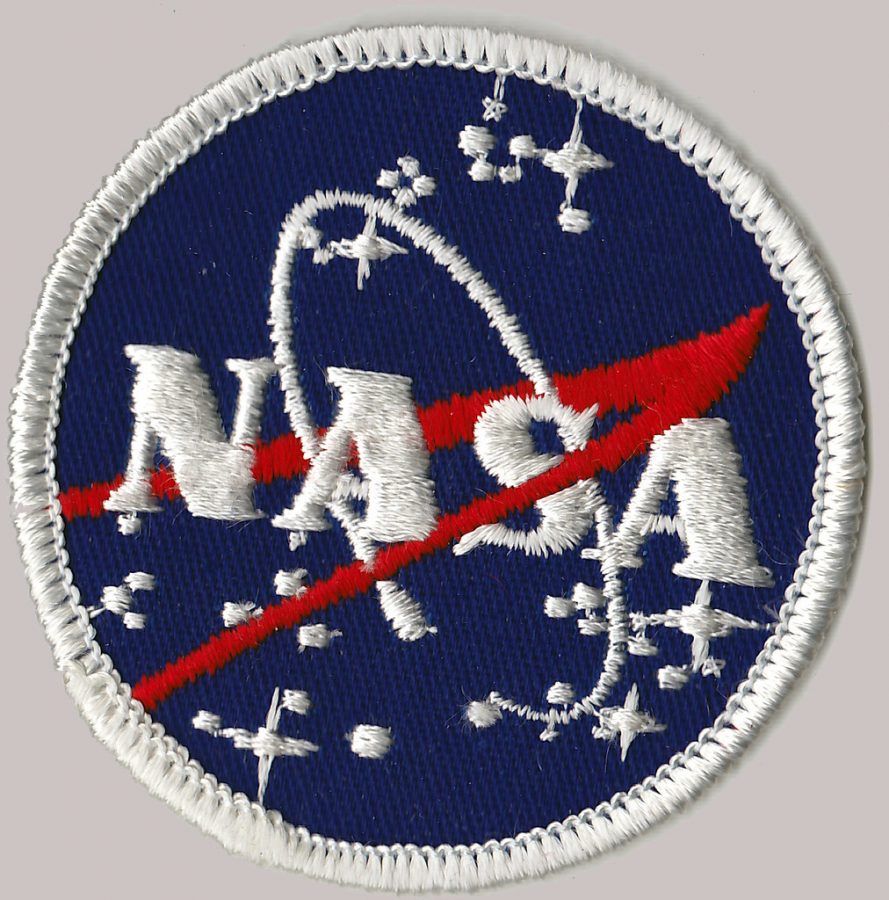One Small Step for Man, One Giant Leap Towards Inclusion
“NASA-badge” by Jason Pearce (CC BY-NC SA 2.0)
The NASA badge glints, illuminating the bold red and blue threads of the nation’s premiere space exploration agency’s emblem. The patriotic colors of the logo are emphasized after the first all female space walk.
November 4, 2019
As the famous Star Trek quote goes, “Space: the final frontier.” Mankind has been pushing the boundaries of what is possible as we continue to advance in space exploration and technology. From Neil Armstrong’s first steps on the lunar surface 50 years ago to the Voyager 1 and 2 missions to the Hubble Space Telescope and ISS, we as a planet have dreamt of space travel and discovery for a long time. But it hasn’t always been a fair playing field between men and women.
In 1961, the Soviet Union sent the first man into space with the launch of Vostok 1, which send Yuri Gagarin into low Earth orbit. They would follow that up 2 years later with the launch of Vostok 6 in 1963, sending the first woman, Valentina Tereshkova into space. It wouldn’t be for another 20 years, in 1983, Space Shuttle Challenger carried Sally Ride into orbit giving her the title as the first American woman sent into space. Since her, there have been many women astronauts from countries all over the world. But on October 18, 2019, for the first time in history, a spacewalk from the International Space Station was conducted with only astronauts, Christina Koch and Jessica Meir, making this the first time a spacewalk was completed by only female crew members.
This historic moment was televised around the world and viewed by millions of people. But what might this mean for women in space-related careers such as the STEM fields? The wide hope is that this historic event means more inclusion of all women in engineering, science, mathematics, and technology fields. Girls involved in STEM classes at our school even took notice of how this accomplishment for women could help all of them in the future. “[young girls] will be more inspired to join in because then they’ll feel like they will fit in more… So having that, like, group of role models will help them get more involved in STEM fields in general,” said Eleanor Taylor (12). The possible influence of such an amazing and groundbreaking event could lead to more young girls to want to become the next generation of astronauts, biologists, mathematicians, and software designers. Yet today, STEM fields such as engineering and science are such male-dominated fields. Many hope that as we as a society continue to expand programs to include women in scientific discovery and technological advances, young girls will answer the call to get involved in the future. “I think there will be more [women] because I think there are starting to be more women in these fields, and like the fields are starting to change to become more equal but I don’t think they are 50-50,” stated Sarah Dann (12).
As mankind pushes father into the stars, the need for more women to be involved only grows – they are just as much a part of the future.




